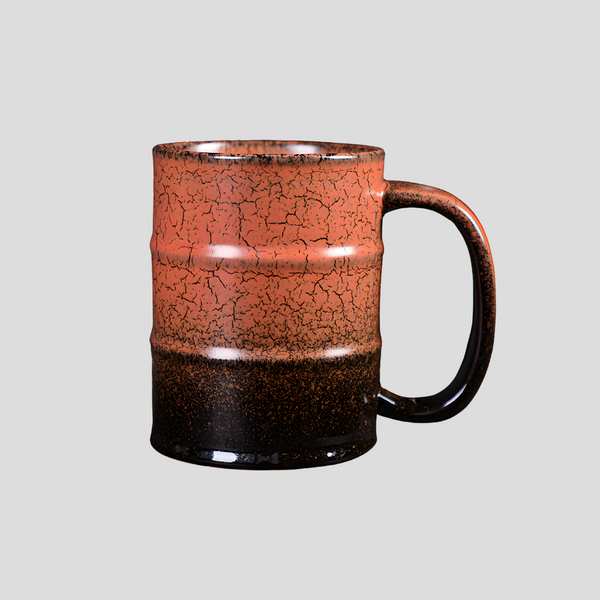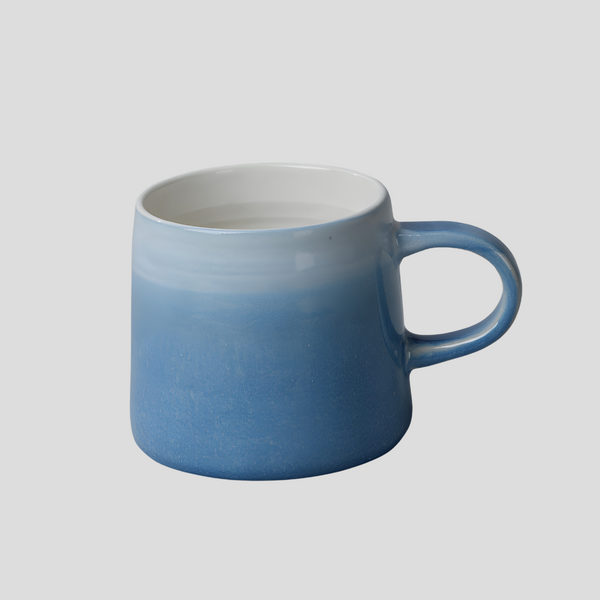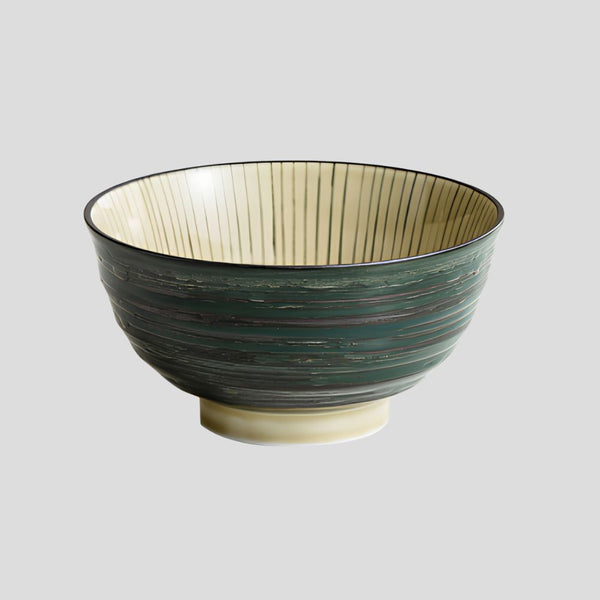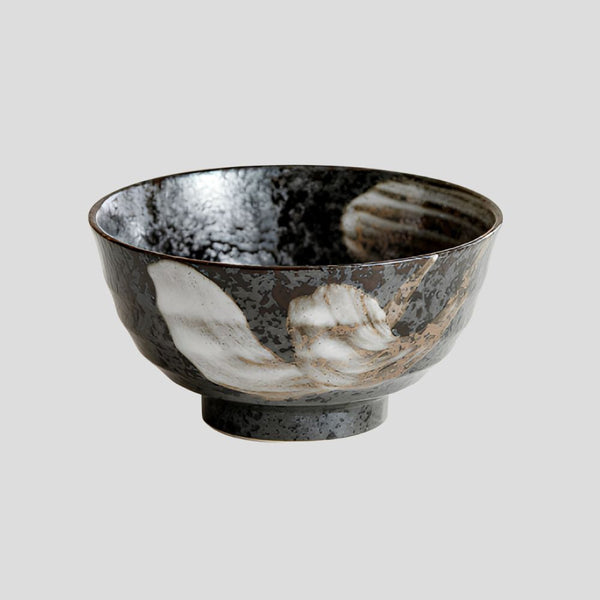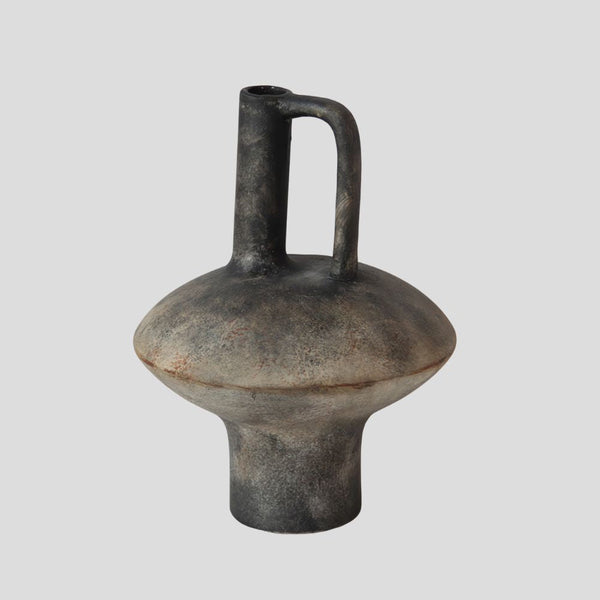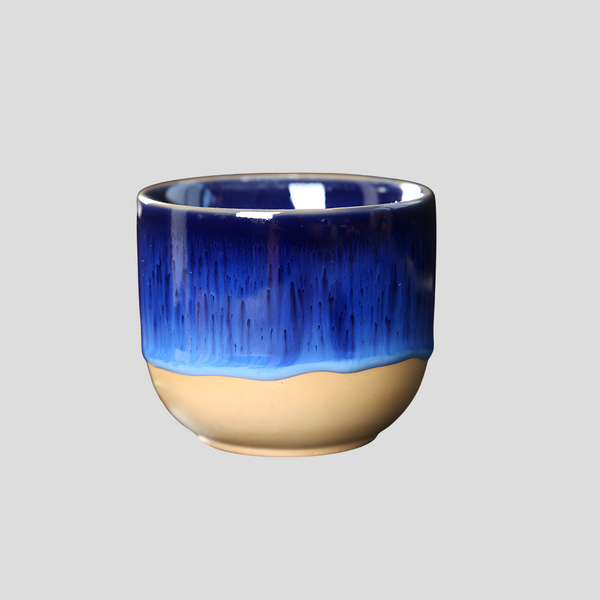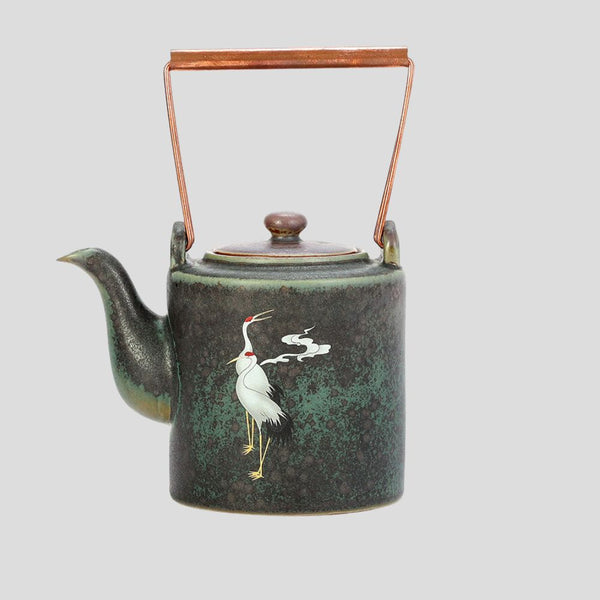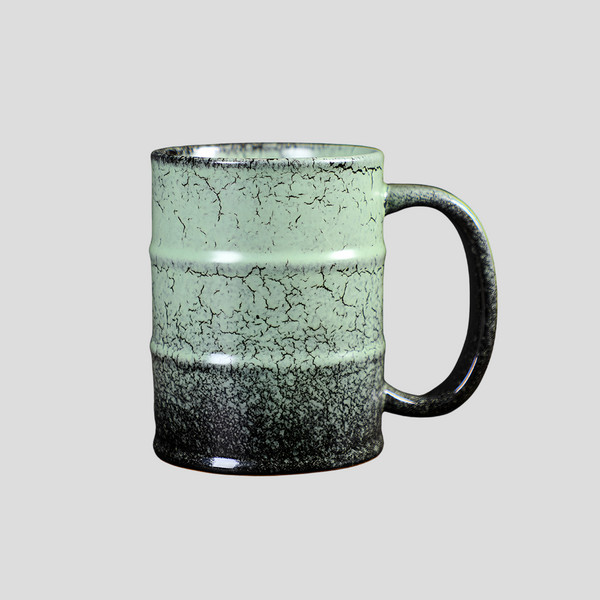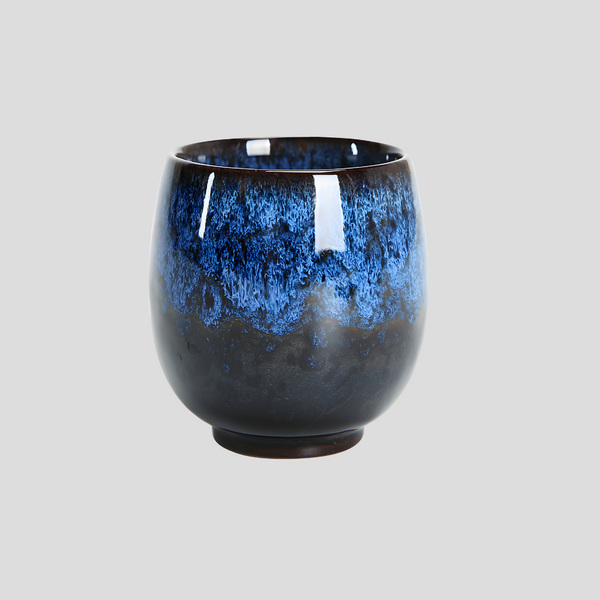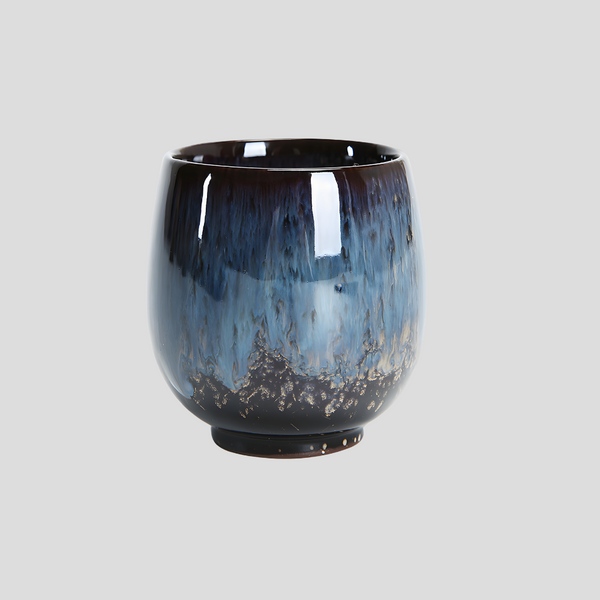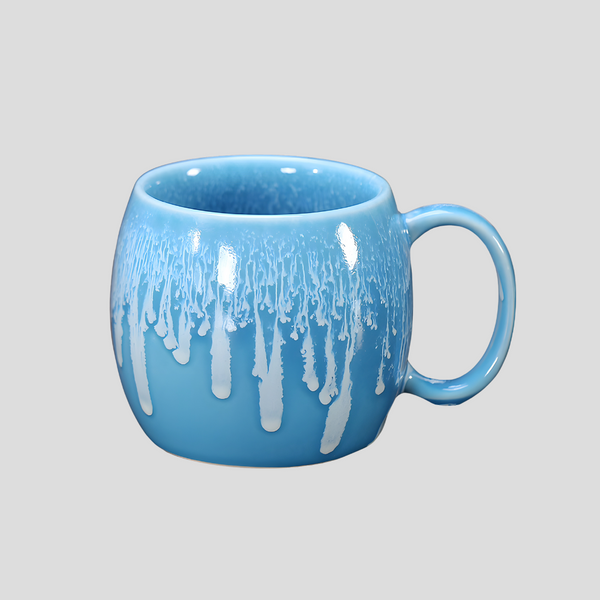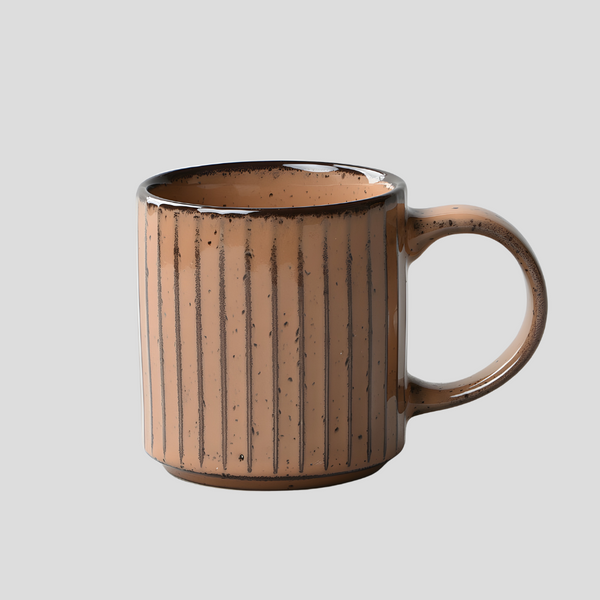
Exploring the Rich History of European Ceramics
The intricate story of European ceramics is a mesmerizing journey through time, culture, and artistry. From the delicate porcelain of France to the robust earthenware of the British Isles, ceramics in Europe mirror the continent’s diverse history and its interactions with far-off lands. This article aims to shed light on the evolution, cultural significance, and enduring legacy of this captivating art form. The earliest known ceramics in Europe can be traced back to the Neolithic era, where simple pottery was created for functional purposes such as cooking and storage. However, it was during the Middle Ages that European ceramics began to acquire their aesthetic appeal. The Italian Renaissance played a pivotal role in elevating ceramics from practical objects to artful masterpieces, illustrating scenes from mythology, religion, and daily life. The 16th century marked a significant turning point in the history of European ceramics with the introduction of porcelain from China. Fascination with the delicate, translucent material sparked a fervent desire among European elites for these exotic treasures. This led to the establishment of the first European porcelain factory in Meissen, Germany, in the early 18th century. The secret of porcelain manufacture, closely guarded by the Chinese, was eventually unraveled in Europe, leading to the flourishing of porcelain artistry on the continent. The 18th century is often regarded as the golden age of European ceramics, with countries like France, Germany, and Britain leading the world in porcelain production. Noteworthy among them is the French Sevres Porcelain, famed for its exquisite craftsmanship and the royal patronage it enjoyed. Similarly, the English town of Staffordshire became synonymous with fine bone china, a distinctive type of porcelain made with bone ash to achieve remarkable whiteness and translucency. While porcelain dominated the luxury market, earthenware and stoneware continued to play a significant role in everyday European life. Each region developed its unique style, often reflecting local tastes, traditions, and resources. The Delftware of the Netherlands, with its iconic blue and white designs, drew inspiration from Chinese porcelain but evolved to include scenes from Dutch life and landscapes. In contrast, the majolica ware of Italy and Spain celebrated vibrant colors and intricate patterns, drawing from Moorish influences. The advent of the Industrial Revolution brought profound changes to the production of ceramics in Europe. Mass production techniques made ceramics accessible to the wider public, thereby democratizing beauty and functionality. However, this period also saw a loss of individual craftsmanship, which was countered by the Arts and Crafts movement in the late 19th and early 20th centuries. This movement sought to revive traditional ceramic-making techniques and aesthetics, emphasizing handcrafted quality over mass-produced uniformity. In the contemporary era, European ceramics continue to thrive, blending traditional skills with modern innovations. Artists and designers experiment with forms, textures, and materials, pushing the boundaries of what ceramics can be. Meanwhile, historical pieces and techniques are preserved in museums and collections across Europe, celebrated for their enduring beauty and craftsmanship. European ceramics encapsulate the continent’s rich historical tapestry, reflecting shifts in taste, technology, and cultural exchange. Through centuries of transformation, this art form has remained a vital part of Europe's cultural heritage, offering insights into the past while continuing to innovate and inspire.Exploring the Rich History of European Ceramics
The Birth of European Ceramics
The Influence of the East
The Glorious Age of Porcelain
Regional Styles and Traditions
The Industrial Revolution and Beyond
Modern Innovations and Legacy










